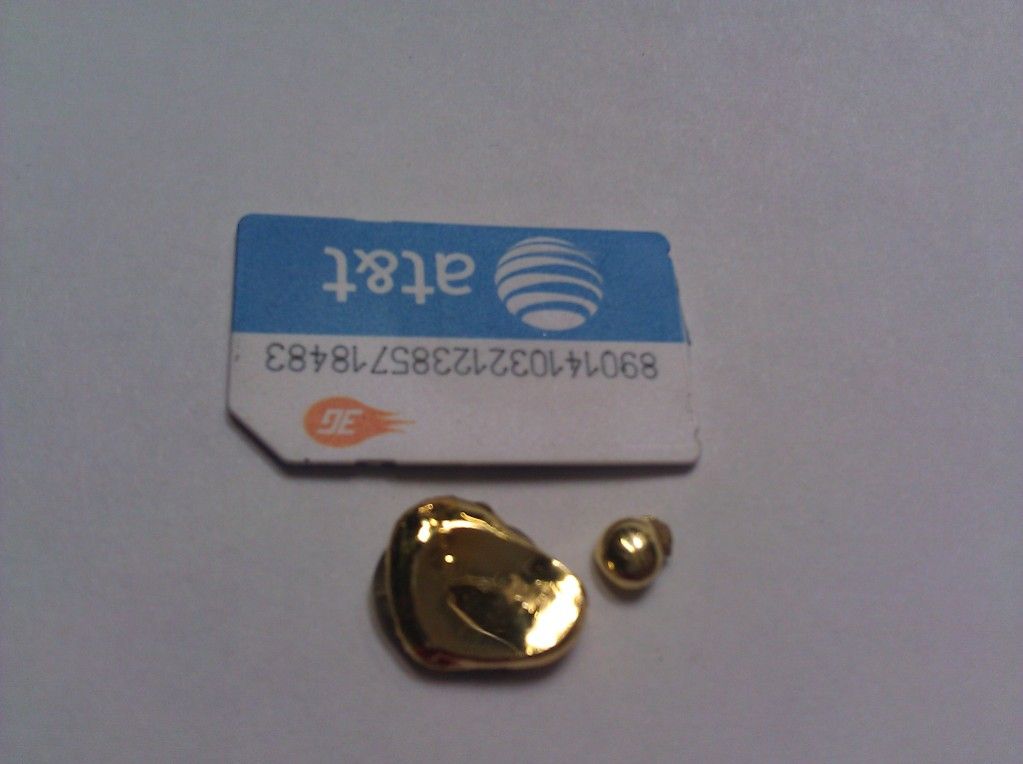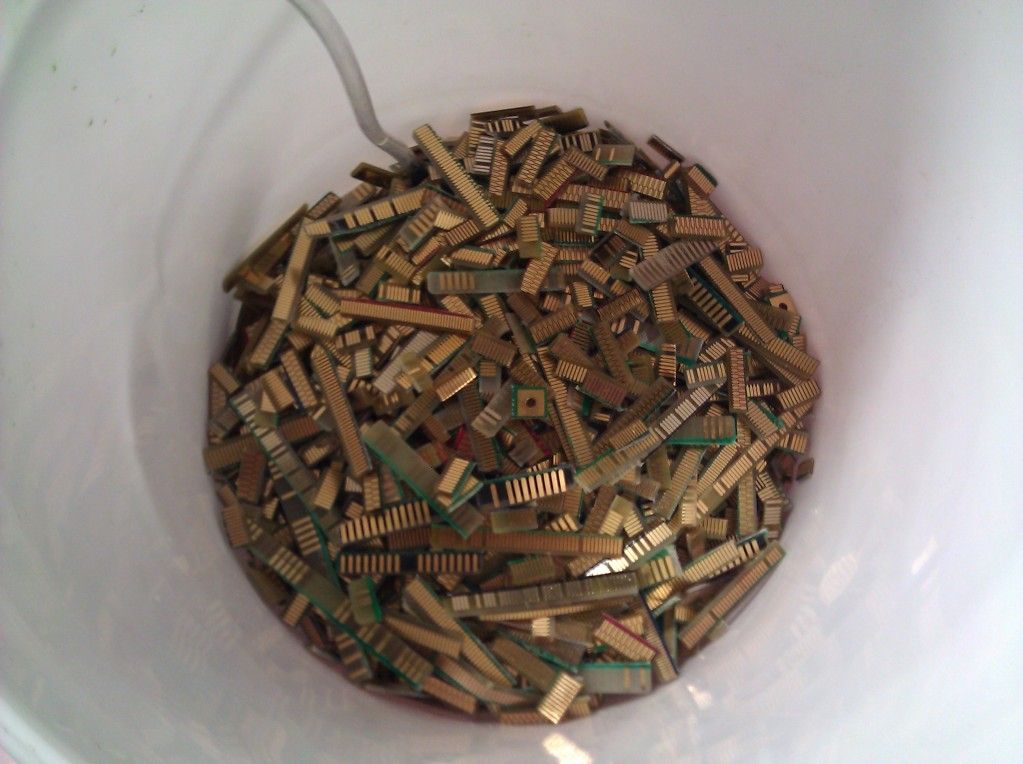takenbyvultures
Active member
- Joined
- Dec 4, 2011
- Messages
- 29
I ran my second batch this week and was hoping to get a "form check" for my yield. I started with exactly 2lbs of close-cut PCI card fingers, used 2:1 AP method with agitator, 4:1 HCl/Cl, SMB drop, 24 hour wait, Stannous Test, and the powder came out to 2.1g, once it was melted i got a total weight of 1.9g, does this seem right for 2lbs of close-cuts? In the photos, the larger button is one I'm referring to, the smaller one was from a test run a few weeks ago.
Thank you.


Thank you.







